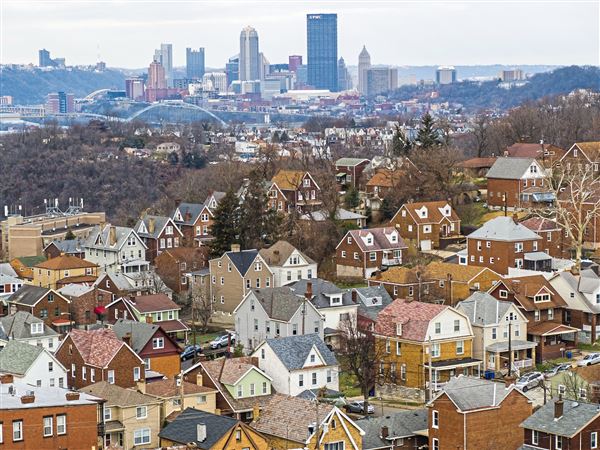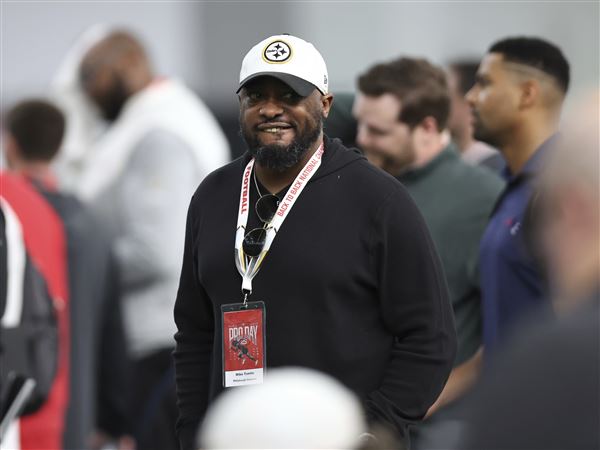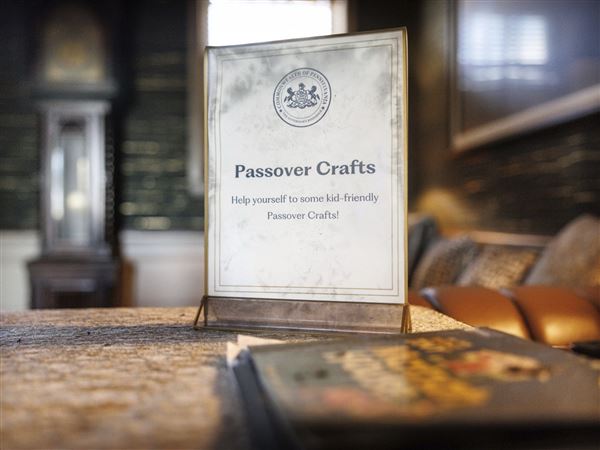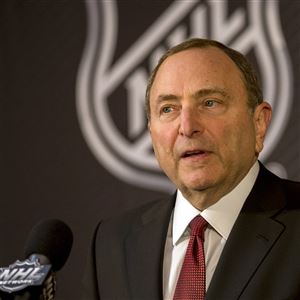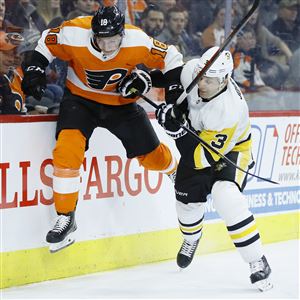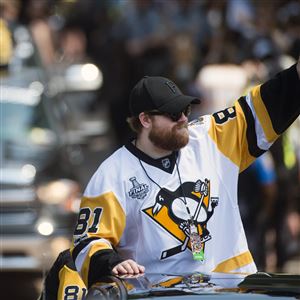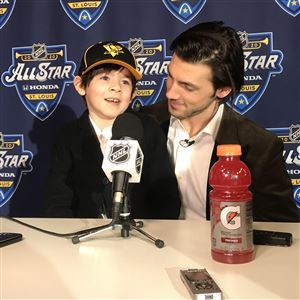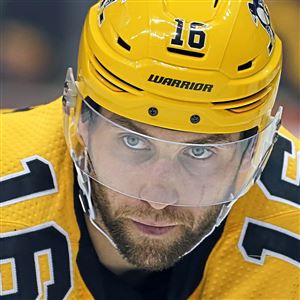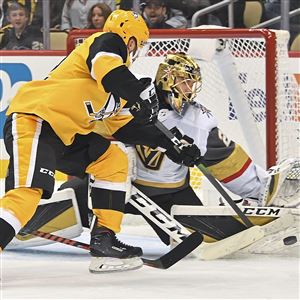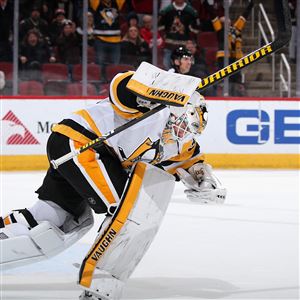The way Tyler Kennedy remembers it, the Penguins almost needed the break.
They had just been bounced by the Philadelphia Flyers in the first round of the 2012 playoffs, the club’s briefest postseason appearance since 2007. During the five seasons in between, the Penguins did more than just add two championship banners to the rafters. They also racked up an extra 70 playoff games of wear and tear on their bodies, nearly another full NHL season.
“That was almost the first time I didn’t go pretty deep,” Kennedy said. “Having a full summer was a very different experience for me.”
What Kennedy didn’t realize at first was just how long that break would be.
On Sept. 15, 2012, the NHL locked out the players amid a labor dispute. We know now the lockout would last 113 days, wiping out 628 games and hundreds of millions of dollars in revenue. But at the time, the negotiations were evolving on almost a daily basis, leaving players unclear as to if, when or how the 2012-13 season might actually start.
“Some guys were literally not working out, just saying, ‘Oh this is going to go all year because we’re so far apart.’” Kennedy remembers. “Some guys were like, ‘We’re real close.’”
“Two, three weeks go by. By that time, it’s Thanksgiving. Then it’s Christmas. Then it’s like, oh my god it’s pretty crazy.”
Today, NHL players are once again living in limbo.
Let’s be clear. These circumstances are dramatically different. The 2012-13 lockout was, essentially, millionaires fighting against billionaires. The current COVID-19 pandemic is a global health crisis that is affecting virtually every American in some way, whether it’s physically, mentally or financially.
“This is different,” Penguins general manager Jim Rutherford said. “A work stoppage ... it’s like two sides working against each other. In this case, everybody is working together.”
But during this unprecedented time, the closest comparison for the hockey world might be a lockout. At least it is in one key way: the uncertainty.
How will the NHL return? When will it return? And will it even come back this year at all? All the same questions that were asked on Sept. 15, 2012 started being asked again on March 12, 2020, when the NHL officially “paused” its season.
“That affects you mentally,” former Penguins forward Jordan Staal said. “It’s hard to be stuck in limbo and really not have an idea of a goal or a date to set yourself up to be at your peak when the puck is dropped.”
Back in 2012, NHL players weren’t permitted to work out with coaches or team trainers. However, about a dozen Penguins who stayed in Pittsburgh organized informal skates. They purchased ice time at the Iceoplex in Southpointe and used a public locker room.
“It sort of felt like preseason until after Christmas,” said Ben Lovejoy, who played parts of seven seasons in Pittsburgh. “I would come with an hour worth of drills to do every day. We would go to practice and try to stay in shape, because the next day we could start training camp. We wanted to be ready.”
Several players, including many Russians, went overseas to keep their skills sharp during the lockout. Evgeni Malkin, for example, dominated for Metallurg Magnitogorsk in the KHL. Kris Letang signed with SKA St. Petersburg of the KHL but the NHL agreement came before he could suit up.
“The Penguins are a different breed, right?” Kennedy said. “They train better and harder than everyone else. We were training harder than a lot of other teams.”
Today? State regulations and NHL mandates have shuttered all practice facilities. The closest thing to real hockey might be the street hockey games that Zach Aston-Reese and Bryan Rust play with the gear they picked up from Dick’s Sporting Goods. While team trainers have given every player a personalized workout plan, some younger players who live in apartments might not have much more than a pull-up bar and a place to do pushups to stay in shape.
“As far as the uncertainty of the season and all that goes, it’s obviously really tough,” Rust said. “We’re trying to make the most of it. But, obviously, not being able to get on the ice or do much skating or even some sort of skill work makes you a little bit rusty. Some guys in the summer don’t even go a month or more without skating.”
If or when the NHL does decide it’s safe to resume play, the plan is to do so slowly over a period of weeks. First players will be permitted to skate in small groups, kind of like they did during the lockout. That will be followed by a brief training camp period. Finally, games will resume.
Lovejoy said when the NHL ended the lockout and the shortened season began in January of 2013, he never felt more prepared for a training camp. But today, he’s just glad he doesn’t have to be part of it.
“At the end of the season, if guys take more than one day off from practice, they’re going to feel like they’ve never skated before,” Lovejoy said. “It’s awkward and weird.
“I can’t tell you how difficult this is going to be for guys. This is going to be one of the biggest challenges that all 700 NHL players have ever gone through.”
Mike DeFabo: mdefabo@post-gazette.com and Twitter @MikeDeFabo.
First Published: April 20, 2020, 10:00 a.m.
